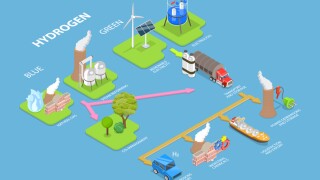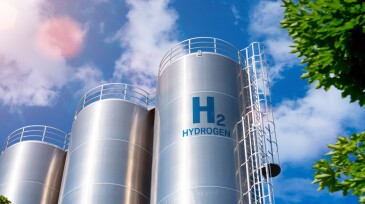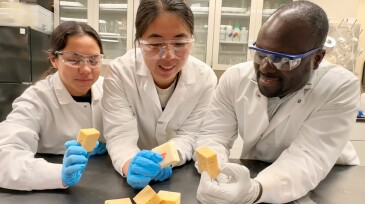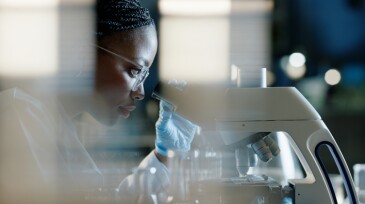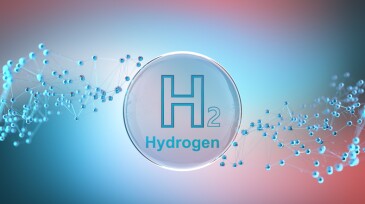Energy Transition
The two projects under the university’s Targeted Proposal Teams program will focus on underground hydrogen and geologic storage solutions.
The 2-day engagement was designed to reinforce SPE’s commitment to its global sections, engage with key industrial and academic partners, and inspire the next generation of energy professionals in one of Southeast Asia's recently active and vibrant energy hubs.
This article highlights how oil and gas companies are leveraging existing infrastructure, expertise, and emerging technologies to lead in the development of the hydrogen economy.
-
In part three of the Decoding Sustainability series, Mercedes Maroto-Valer, director of the UK Industrial Decarbonization Research and Innovation Center, shares her insights on diversity and inclusion, drawing from her personal experiences and position as a leader in the field.
-
Explore hydrogen's role in industrial decarbonization through three real-world examples.
-
Researchers say the environmentally friendly method to extract lignin from pine will allow it to replace 20% of the fossil fuel-based chemicals in polyurethane foams.
-
Four technologies included in the Global CCS Institute's latest CCS Technologies 2024 report are explored in this article.
-
The initiative, launched by UT-Austin and five other regional universities, will use $2.5 million in funding from the US Department of Energy to teach K-12 students in Texas schools about carbon capture and storage.
-
Solar energy, a vast, inexhaustible, and clean resource, stands at the forefront of the focus on sustainable energy solutions.
-
The university's project was one of 66 to receive funding from the US Department of Energy for "transformational technologies."
-
OU Professor Kasun Gunasooriya and his team's research shows that iridium oxide, a key green hydrogen catalyst, forms short-range order patterns over time rather than becoming fully amorphous.
-
Gabrijel Grubac explores his journey from discovering his passion for energy in the Libyan desert to becoming a leader in geothermal innovation.
-
Dorit Hammerling, Colorado School of Mines, co-founded the Energy Emissions Modeling and Data Lab, an interdisciplinary initiative involving Mines, The University of Texas at Austin, and Colorado State University.



